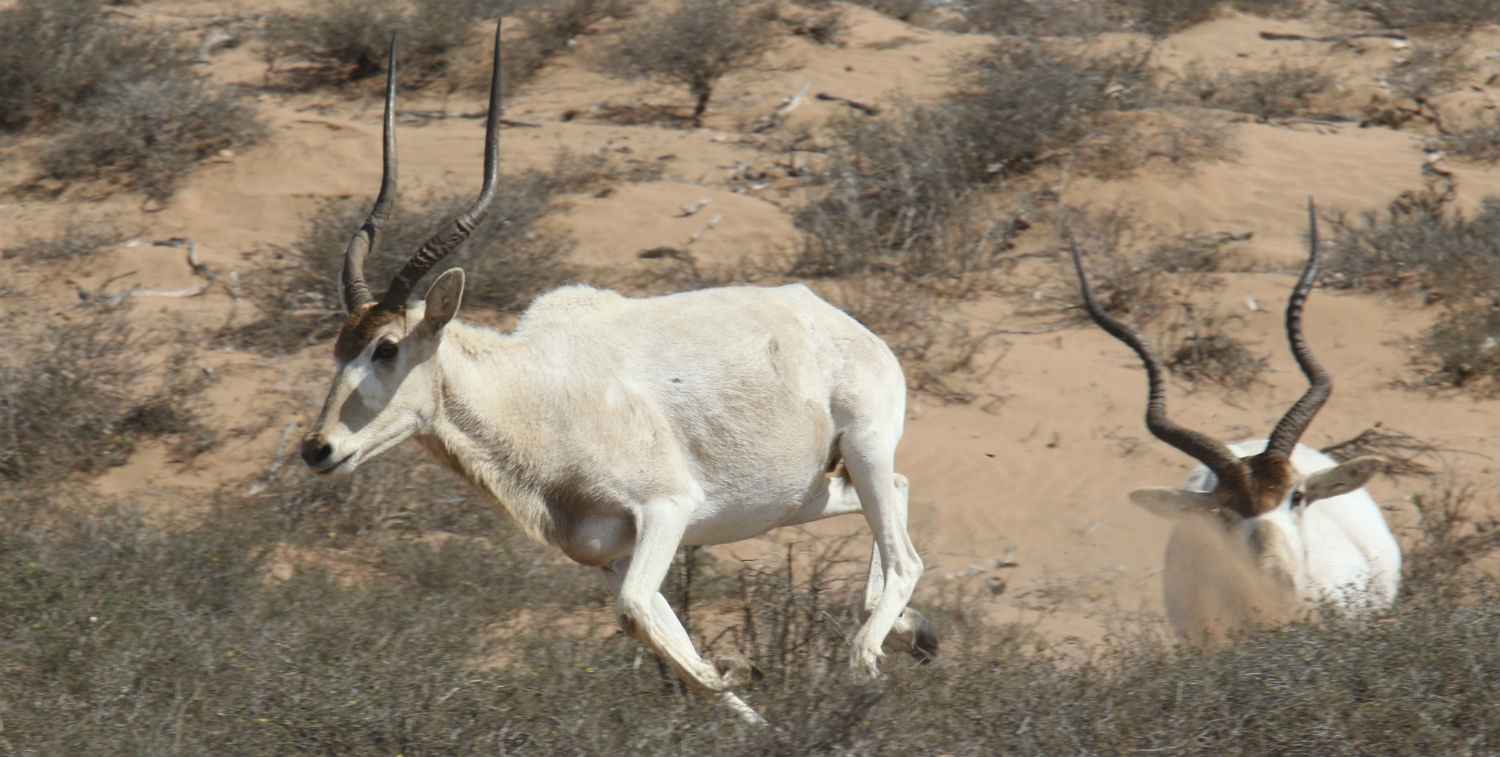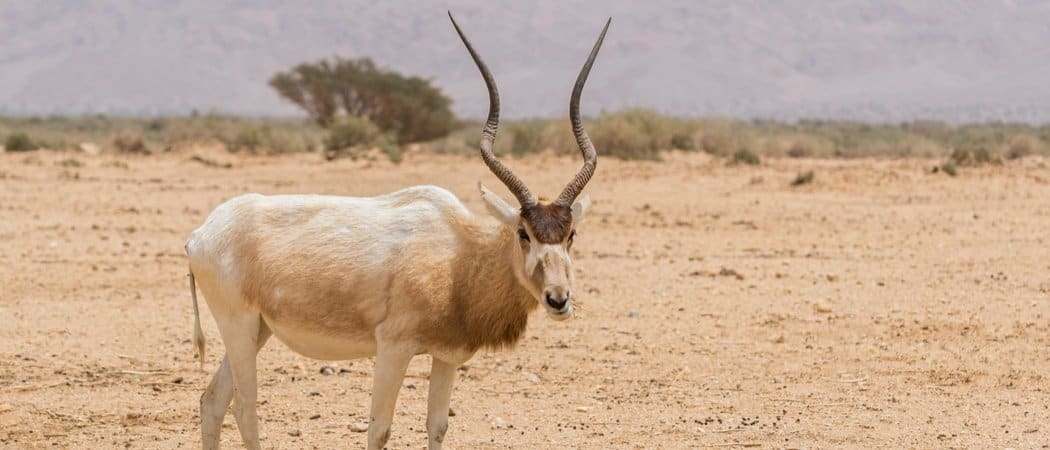Addax: The Desert Survivor
The Addax, also known as the white antelope or screwhorn antelope, is a majestic and critically endangered species uniquely adapted to the harsh desert environments of northern Africa. In this article, we will explore the various aspects of the Addax, exploring its habitat, physical characteristics, behavior, current conservation status, and the challenges it faces in the modern world.
Scientific Classification
Kingdom: Animalia
Phylum: Chordata
Class: Mammalia
Order: Artiodactyla
Family: Bovidae
Genus: Addax
Species: nasomaculatus

Habitat and Distribution
The Addax primarily inhabits arid regions of the Sahara Desert, where extreme temperatures and scarce water sources pose significant challenges. Its range once extended across Mauritania, Mali, Chad, Niger, and Sudan, but due to extensive habitat loss and hunting, the species has experienced a drastic reduction in its distribution.
Behavior and Adaptations
Addaxes are well-adapted to survive in the challenging desert conditions. Their bodies have evolved to efficiently conserve water, allowing them to withstand extended periods without drinking. Their kidneys are highly efficient at concentrating urine, and their feces are exceptionally dry. These adaptations help minimize water loss and enable them to thrive in environments where water sources are scarce.
These antelopes are primarily crepuscular, meaning they are most active during the dawn and dusk hours. This behavior helps them avoid the intense heat of the desert day while still taking advantage of cooler temperatures for foraging.
Conservation Status
Regrettably, the Addax is currently listed as critically endangered by the International Union for Conservation of Nature (IUCN). The population has experienced a drastic decline, primarily due to poaching for its meat, hide, and horns, as well as habitat degradation resulting from human activities.
Various conservation efforts have been initiated to safeguard the Addax from extinction. Captive breeding programs, habitat restoration projects, and anti-poaching measures aim to reverse the decline of this iconic species. However, the challenges are significant, and international collaboration is crucial for the effective conservation of the Addax.

Challenges and Threats
The survival of the Addax faces numerous threats, with habitat loss and degradation being among the most critical. Human activities, such as agriculture, oil exploration, and infrastructure development, have encroached upon the Addax's natural habitat, leaving them with limited space to roam and find food.
Poaching remains a severe threat, driven by the demand for the Addax's distinctive horns and meat. Despite legal protections in place, inadequate enforcement and monitoring contribute to the ongoing illegal hunting of this vulnerable species.
Success and Achievements
In conclusion, the Addax stands as a symbol of resilience in the face of extreme environmental conditions. As a species teetering on the brink of extinction, concerted efforts are needed to ensure its survival. Through enhanced conservation measures, habitat protection, and global awareness, we can strive to secure a future where the majestic Addax continues to roam the vast and awe-inspiring deserts of northern Africa.
You might want to explore the beauty of cultural diversity and enrich your understanding of the world! Learning about different cultures is an enriching journey that broadens our perspectives, fosters empathy, and fosters respect for one another. It allows us to appreciate the unique traditions, values, and customs that shape the identity of various communities around the globe. Learn about the afar people, the garifuna, the san, the dogon, the maasai of kenya, the Hamer Tribe, the Hadza Tribe, the Sami, the Akha People, the Aymaraes, the Kazakh People and the Adivasi on AmplifyGlobe.